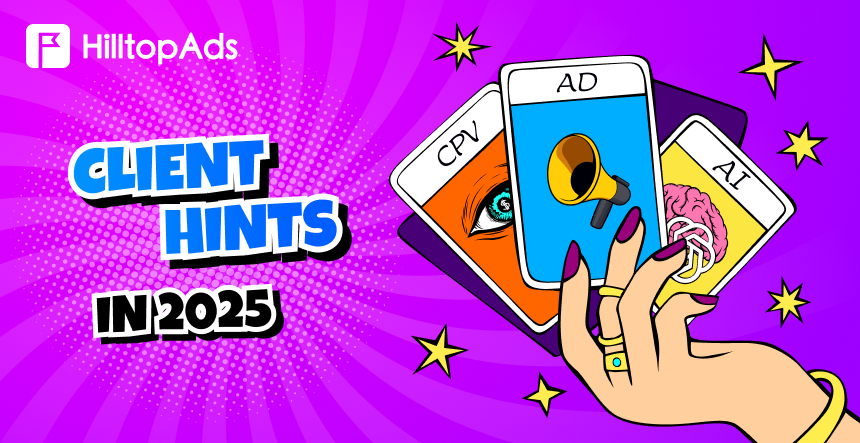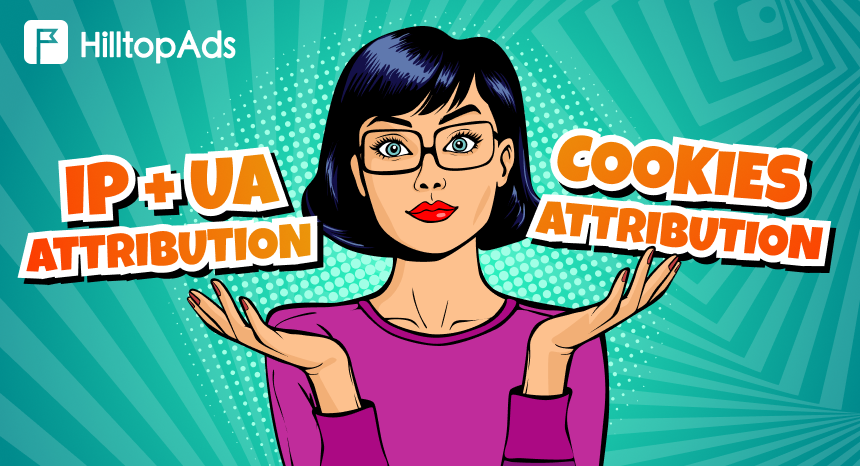In this exclusive study, we share the real numbers. We will show you exactly which browsers and operating systems are trustworthy sources of data and which are leaving you in the dark. This is the new ground for better user attribution, and knowing it is the key to building your strategy for tomorrow.
Client Hints is not a new technology. It has been existing for over a decade. But with the User Agent fading, its role has suddenly become urgent. While many platforms claim to support Client Hints, the data tells a different story.
Let’s start by understanding what Client Hints are and why they matter now.
Client Hints: Definition, How it works, and Advantages over User Agents
What Are Client Hints?
Client hints are a modern way for a web server to understand your browser. Think of it as a conversation. The server requests specific details about your device or connection from your browser. Your browser then answers. This simple exchange allows a website to provide you with a better user experience. For example, a site can send you the perfect image size for your screen. It can also load faster by skipping heavy elements if you have a slow connection.
Read our new Case Study for Advertisers: ROI 40% with CPA Goal:
How Do They Work?
So, how does this conversation start? It’s a two step dance. First, a website’s server sends a special header in its response. This header informs your browser of the necessary information. It is like the server saying: “Please tell me these things on your next visit.” Then your browser remembers received data and on every future request you make to that site, it includes the requested hints. This is all done through HTTP request headers. You may be familiar with the old User Agent string. Client hints work in a similar way, but they are much smarter.
Want to learn more about User Agents? Check out our other research about IP+UA+Cookies attribution!
A Major Upgrade From User Agent
Client hints represent a significant upgrade from the old User Agent string. They offer clear advantages for both you and the websites you visit.
Better privacy
Your browser does not send these hints by default. A server must request them first, unlike the UA, which is sent with every request.
Modular requests
A website requests only the information it truly needs. This makes the whole process cleaner and more direct.
Efficient content delivery
Websites can quickly make decisions to serve you the right content without having to parse messy data.
Why This Matters To You
As an affiliate, this technology changes how you can work. It gives you new powerful tools for enhancing user experience or more precise targeting.
Better targeting
Imagine knowing if a user is on a slow network. You could serve a lighter, faster landing page to improve their experience and increase conversions from the specific traffic source.
Less code to manage
Many tasks that require complex JavaScript can now be handled directly by the browser and server. This means simpler development and faster pages.
The Catch: Challenges and Limitations
Client hints are not a perfect solution. You need to understand their limitations to use them effectively.
The first request problem
On your very first visit to a page, the server has no hint (information) to provide. It must wait for a second request or a page reload to get the details it needs to optimize the experience. This fact can cause delays.
Uneven browser support
Browsers based on Chromium, like Chrome and Edge, offer good CH support. However, other major browsers like Safari and Firefox generally do not share this information. This division is critical to remember.
While technical tricks can help with the first request problem, the browser support challenge is tougher. You cannot solve it with a clever line of code. This problem demands real knowledge. You must know which browsers send Client Hints and exactly what data you can get from them. Happily for you, our new study gives you that knowledge!
Read our full guide about the best VPN affiliate programs!
Which Browsers Give You The Best Client Hints by HilltopAds
We put browsers to the test on every major operating system and device. We wanted to see which ones you can rely on to deliver valuable data. Here is the breakdown. We start with Android, move to iOS, and then cover desktop browsers.
Android Browsers
For Android browsers, there are three best working browser options to focus on for receiving clients hints.

The graph shows that Chrome Mobile ranks second in terms of the lowest share of empty Client Hints on Android. It, along with Twitter (1.8% of empty Client Hints) and Opera Mini (2.98%), transmits data consistently, while many other browsers show interruptions.
But the story is different for Samsung and UC browsers.
With Samsung Browser, one in every six users sends empty hints. The number for UC Browser is even worse, at one in four. This is likely because companies block this data from being shared.
The problem with Samsung and UC browsers deserves a closer look.
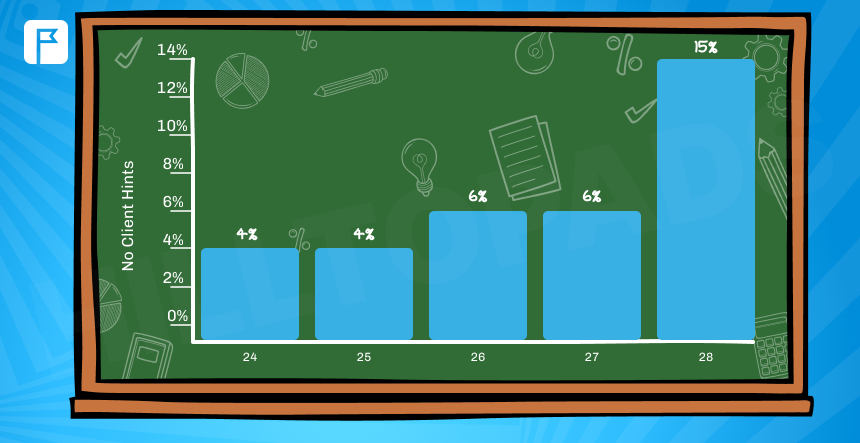
On the graph above, you can see that the Samsung browser’s overall rate of empty hints is already high for all of its versions. But the latest one stands out with 2.5 times more empty hints than previous versions.
The situation with UC Browser turned in the opposite direction.
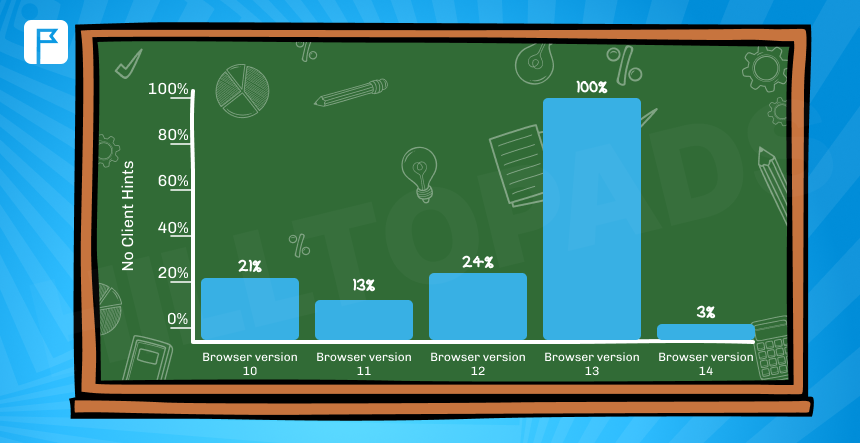
The graph for UC Browser tells a story of three different versions:
- Before version 12, its performance was consistently poor (around 20% of CH were empty).
- Then came version 13. This popular version completely blocked Client Hints, with 100% of its requests sent empty.
- But the newest release signals a complete reversal. Version 14 has only 3% empty Client Hints. This massive improvement puts it on par with Chrome Mobile.
iOS Safari
When it comes to iOS, the answer is simple. Apple does not send client hints.
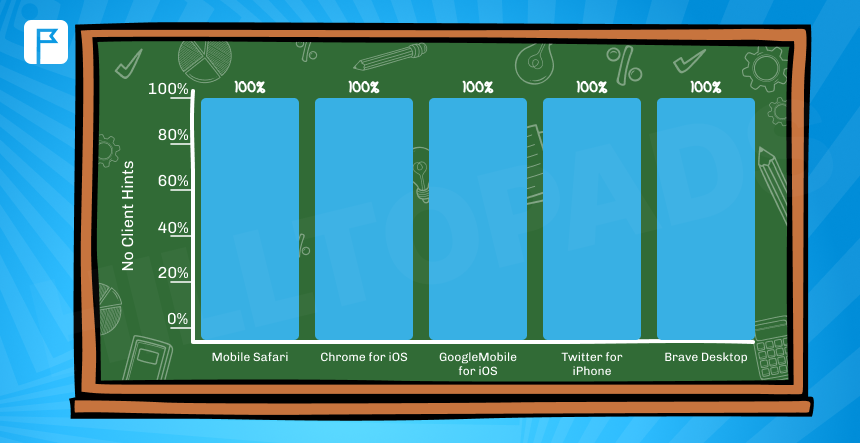
This is not a bug or a version specific problem. It is a deliberate policy choice, tied to the company’s strong stance on user privacy. It affects every user on an iPhone or iPad.
As the graph shows, servers receive zero Client Hints.
Windows Browsers
Let’s see what percentage of traffic from each browser on Windows sends empty Client Hints.
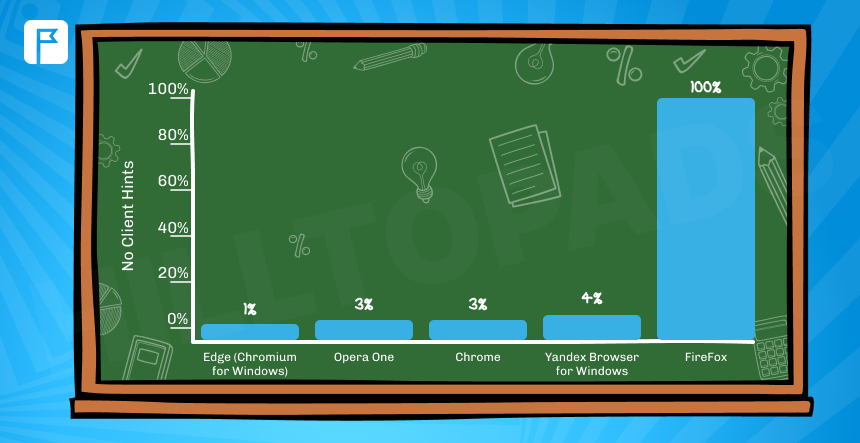
Every major Windows browser sends Client Hints, with one exception – Firefox – who completely avoid sharing user’s information.
- Chrome, Opera One, and Yandex.Browser show only 3–4% of requests without hints.
- Edge (Chromium) for Windows has the lowest absence rate at just 1%.
- Opera GX sends Client Hints in 100% of cases.
MAC OS Safari
Our final subject of the study are MAC OS browsers. Let’s see what we found out about them:

- Chrome is the only macOS browser that consistently sends Client Hints (only 7% absence).
- Brave Desktop fails to send Client Hints in 78% of requests.
- Safari, Firefox, and DuckDuckGo for iOS (in desktop mode) never send Client Hints (100% of empty Client Hints).
Client Hints coverage across all platforms
Now that we’ve discussed how individual browsers behave across each operating system, let’s take a final step and look at the full picture. Across all traffic, 28% of users do not transmit Client Hints at all.
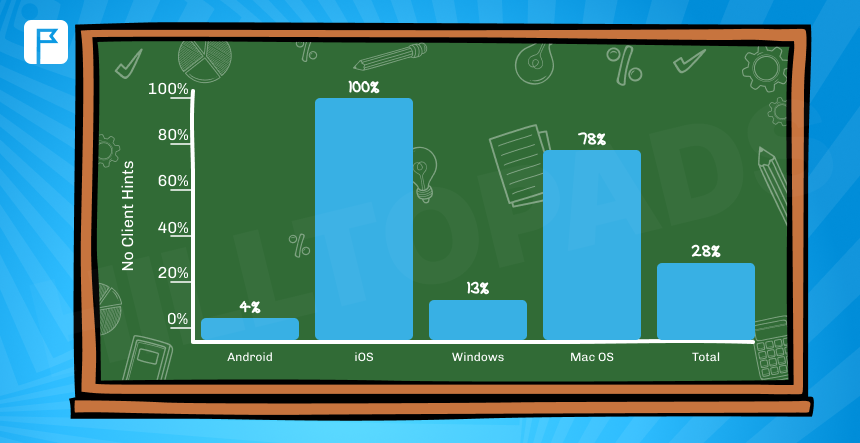
This missing data isn’t random. It follows clear platform boundaries.
- On iOS, Client Hints are never sent. That’s a hard limit tied to WebKit, which powers all browsers on the platform.
- On macOS, 78% of traffic lacks Client Hints. Chrome is the only browser that transmits them consistently.
- On Windows, the picture is better — only 13% of traffic is missing hints, mostly due to Firefox.
- On Android, support is nearly universal. Just 4% of traffic comes without hints.
This fragmentation matters. It means almost a third of your users can’t be analyzed, profiled, or optimized using Client Hint headers. If you’re relying on them for device detection or creative targeting, keep in mind that you’re working with incomplete coverage.
Final Thoughts
Now you know about Client Hints: what they are, how they work, and what their advantages. Moreover, you also learned about the specific features of each browser and OS. Remember: every platform behaves differently, and you should plan your traffic monetization or advertising strategy accordingly.


















